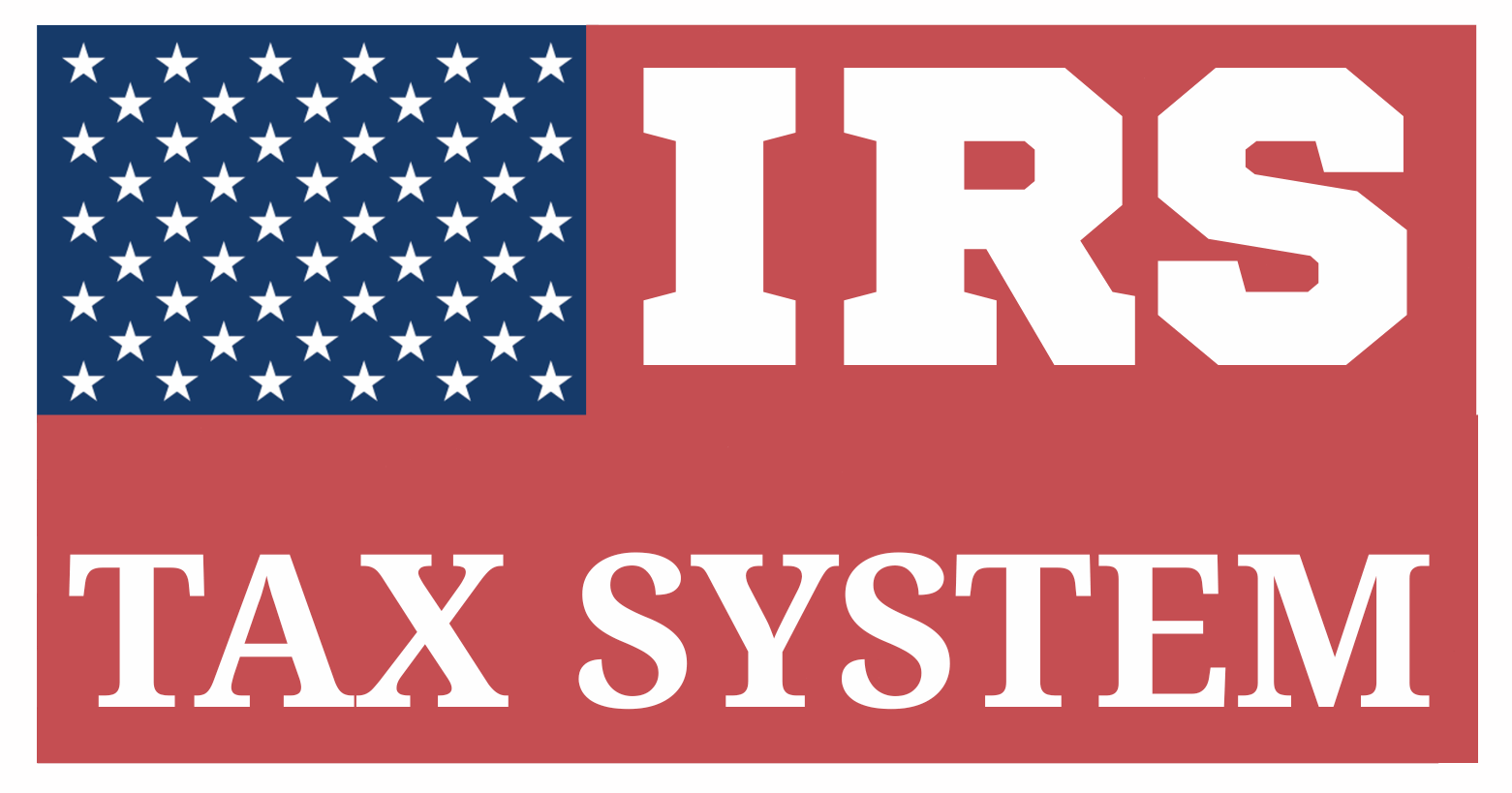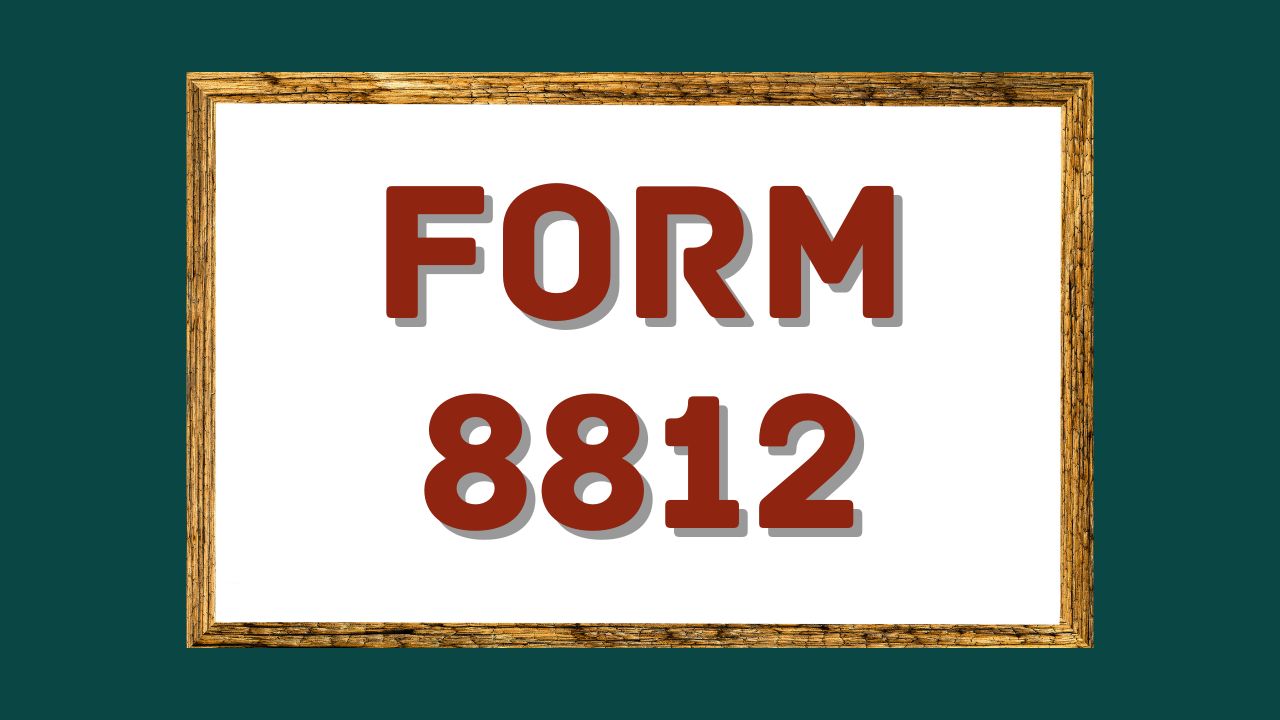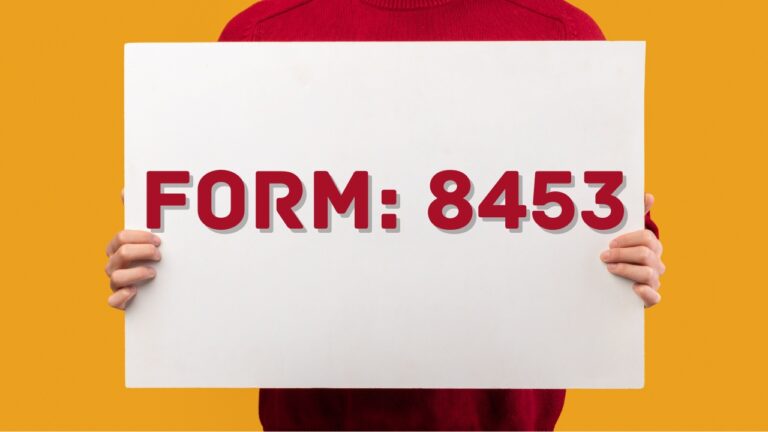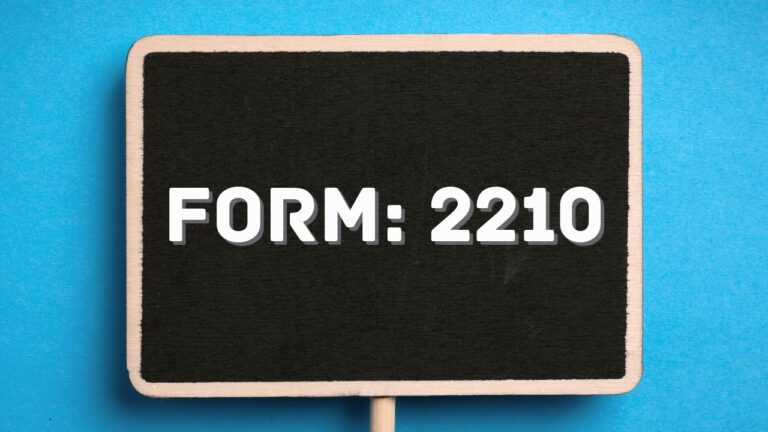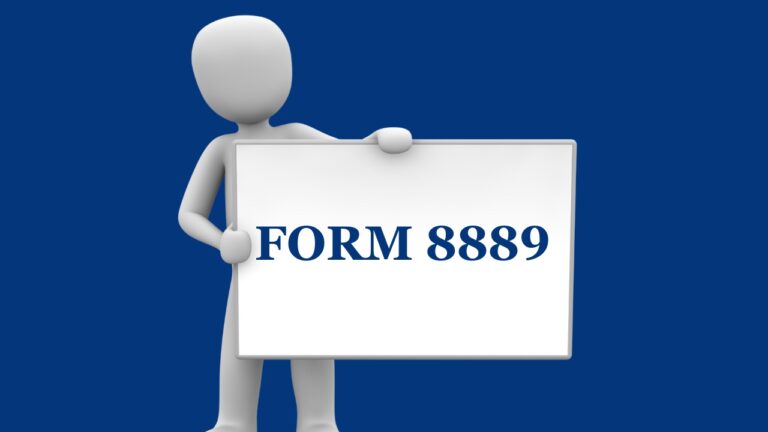Form 8812: Best Comprehensive Synopsis
Table of Contents
A Detailed Summary On Form 8812
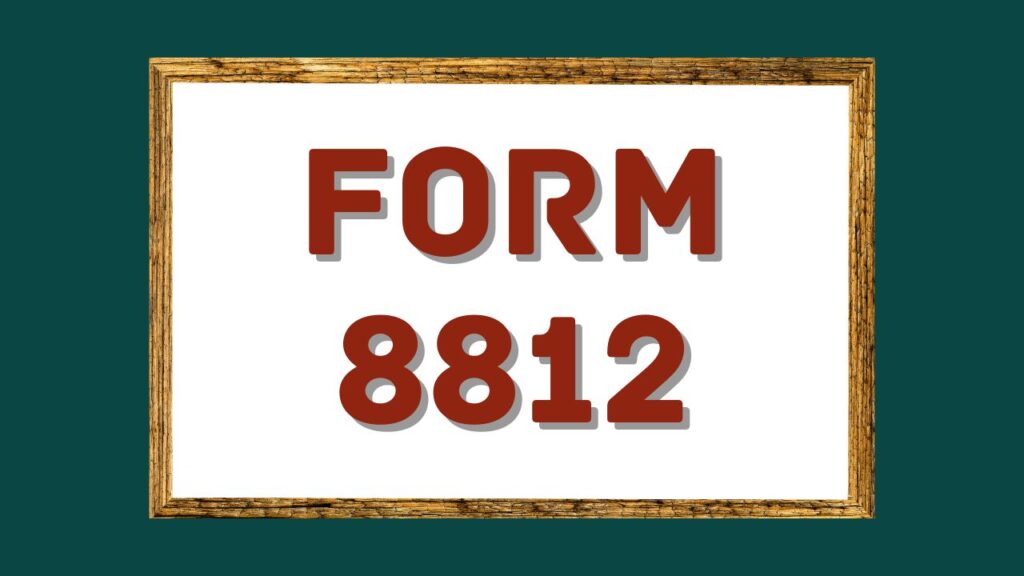
IRS Form 8812, officially titled “Credits for Qualifying Children and Other Dependents,” is a tax form used by individuals to calculate and claim two key tax benefits:
- The Child Tax Credit provides a partial refund to eligible taxpayers with children under the age of 17.
- The Credit for Other Dependents (ODC) – a nonrefundable credit for other qualifying dependents (such as older children or elderly parents).
- The Additional Child Tax Credit refunds the excess CTC amount when it surpasses the taxpayer’s total tax obligation.
Form 8812 is an attachment to IRS Form 1040 and plays a critical role in ensuring that families receive the maximum benefit from federal tax credits designed to support dependents.
Why Form 8812 Matters
Form 8812 is essential for:
- Families with minor children, especially those with low to moderate income.
- Taxpayers who cannot use the full value of the CTC due to a low tax bill and wish to claim the refundable ACTC.
- Ensuring that dependents other than young children (e.g., college students, elderly relatives) can qualify for partial tax relief under the ODC.
Even if a taxpayer does not owe income tax, Form 8812 may allow them to receive a refund through the ACTC.
Who Needs to File IRS Form 8812?
IRS Form 8812 must be filed by any taxpayer who is claiming the Child Tax Credit (CTC), Additional Child Tax Credit (ACTC), or the Credit for Other Dependents (ODC). It is a mandatory supporting form for individuals who want to claim tax benefits for qualifying children or dependents and must be attached to Form 1040, 1040-SR, or 1040-NR.
You MUST file Form 8812 if:
1. You’re Claiming the Child Tax Credit (CTC)
You must complete Form 8812 if:
- You claim at least one dependent child who is younger than 17
- You meet the income thresholds
- You wish to claim up to $2,000 per child, even if part of it is nonrefundable
Note: Without Form 8812, you cannot claim the CTC—even if the child meets all qualifications.
2. Qualified to Receive the ACTC
You need to file Form 8812 if your tax liability is too low to fully use the CTC and you want to:
- Receive up to $1,600 per qualifying child as a refundable credit in 2025
- You have earned income over $2,500, which makes you eligible for ACTC
This applies to low- and moderate-income households who want a refund even if no tax is owed.
3. You are eligible to claim the Credit for Other Dependents (ODC).
Form 8812 is also required if:
- You’re claiming the $500 credit for dependents who are not under age 17
- This includes:
- Children age 17 or older
- College students
- Elderly parents or relatives who live with you
- Other relatives claimed as dependents
Although the ODC cannot generate a refund, it must still be reported and calculated using Form 8812.
4. You Are a Resident of Puerto Rico Claiming the Refundable CTC
Puerto Rico residents with qualifying children must file Form 8812 if:
- They earned income in Puerto Rico but do not file a full U.S. tax return
- They intend to claim the refundable ACTC, which may be fully accessible to individuals who are bona fide residents .
- They complete Parts III and IV of Form 8812, which are specifically designed for Puerto Rico
Puerto Rico filers can receive the full credit as a refund, even if they owe no U.S. income tax.
5. You Previously Had Your CTC or ACTC Disallowed
If the IRS previously denied your CTC or ACTC claim and you wish to claim it again:
- You must file Form 8862 along with Form 8812
- This demonstrates eligibility and compliance with IRS rules
You Do NOT Need to File Form 8812 If:
- You are not claiming the CTC, ACTC, or ODC
- You have no qualifying children or dependents
- You’re being claimed as a dependent by someone else for tax purposes.
- You are filing a short form (e.g., 1040-EZ or 1040-SS) without dependents (rare exceptions)
Structure of IRS Form 8812 (2025 Version)
Credits for Qualifying Children and Other Dependents
IRS Form 8812 (2025) is divided into four main parts, each serving a specific purpose in determining your eligibility for and the amount of the Child Tax Credit (CTC), The ACTC and the ODC are both available to reduce your tax burden based on dependent eligibility.
Part I – Child Tax Credit & Credit for Other Dependents (CTC/ODC)
This section calculates the amount of the credit that cannot be refunded.
Key Lines and Elements:
- Line 1 – Total number of qualifying children under age 17 (with valid SSNs).
- Line 2 – Multiply by $2,000 to calculate total potential CTC.
- Line 3–5 – Enter number of other dependents and calculate the $500 Credit for Other Dependents (ODC).
- Line 6–8 – Add credits and apply income phaseout thresholds:
- $400,000 for Married Filing Jointly
- $200,000 for all others
Output:
This section calculates the maximum nonrefundable credit you can claim and flows to Form 1040, Line 19.
Part II – Additional Child Tax Credit (ACTC)
This section calculates the refundable portion of the credit — what you can receive even if your tax liability is zero.
Key Lines and Elements:
- Line 9–12 – Earned income comparison:
- If earned income exceeds $2,500, the excess is multiplied by 15%.
- Line 13–15 – Compare with the unused portion of CTC and apply per-child limit:
- Maximum refundable amount is $1,600 per qualifying child in 2025.
- Line 16–17 – Final ACTC figure.
Output:
This refundable amount is reported on Form 1040, Line 28.
Part III – Refundable ACTC for Puerto Rico Residents
This section is completed only by Puerto Rico residents who:
- Are not required to file a full U.S. tax return, but
- Want to claim the fully refundable Additional Child Tax Credit
Key Components:
- Lines 18–20 – Report qualifying children and household income
- Determine ACTC eligibility without needing a federal tax liability
Part IV – Household Income for Puerto Rico Filers
Also exclusively for Puerto Rico residents. It collects household-level income data, which is used to determine credit eligibility and amount.
Key Elements:
- Lines 21–24 – Report income from all sources, including self-employment, pensions, and investments
- Determines income thresholds and supports ACTC refund calculations
How to Calculate IRS Form 8812 (2025)
IRS Form 8812 helps taxpayers calculate:
- The Child Tax Credit (CTC) – up to $2,000 per qualifying child (partially refundable)
- The Credit for Other Dependents (ODC) – up to $500 per eligible dependent
- The Additional Child Tax Credit (ACTC) – up to $1,600 per child as a refundable credit
Let’s walk through each step with detailed instructions and examples:
Step 1: Determine Qualifying Children and Other Dependents
Rules:
- CTC: Child must be under 17, a U.S. citizen/resident, and have a valid SSN
- ODC: Dependent who doesn’t qualify for CTC (e.g., college-aged child, elderly parent)
Example:
- 2 children under 17 with SSNs
- 1 dependent child aged 19 in college
Step 2: Calculate CTC and ODC
Formula:
- $2,000 × qualifying children
- $500 × other dependents
Calculation:
- CTC = 2 × $2,000 = $4,000
- ODC = 1 × $500 = $500
- Total credit before limits = $4,500
Step 3: Apply Income Thresholds (Phaseout)
CTC/ODC begins to phase out when Modified AGI exceeds:
- $400,000 (Married Filing Jointly)
- $200,000 (All other filers)
The credit is reduced by $50 for each $1,000 (or part thereof) your income exceeds the threshold.
Example:
- Filing status: Head of Household
- AGI: $210,000 → exceeds $200,000 by $10,000
- Phaseout: 10 × $50 = $500 reduction
Adjusted Credit:
- $4,500 – $500 = $4,000 total credit
Step 4: Determine If You Can Use the Full Credit
When the amount of tax you owe is smaller than the available credit:
- You apply part to reduce tax (nonrefundable portion)
- The unused portion may be refunded through ACTC
Example:
- Tax owed: $1,200
- Total credit: $4,000
- You apply $1,200 as nonrefundable credit
- Unused: $2,800 → move to ACTC calculation
Step 5: Determine the Amount of the Additional Child Tax Credit
ACTC is the refundable part, up to:
- $1,600 per qualifying child in 2025 (max $3,200 in our example)
ACTC Formula:
- Earned Income − $2,500, then × 15%
- Compare result to unused credit & ACTC cap
Example:
- Earned income: $32,000
- $32,000 – $2,500 = $29,500
- 15% × $29,500 = $4,425
Compare:
- Max ACTC allowed: 2 × $1,600 = $3,200
- Lesser of $3,200 and $4,425 → Refundable ACTC = $3,200
Who Can Claim the Child Tax Credit (CTC)
The Child Tax Credit (CTC) is a valuable tax benefit offered to eligible taxpayers who have qualifying children under the age of 17. It helps reduce the tax burden of families and, in many cases, allows part of the credit to be refunded even if no tax is owed (through the Additional Child Tax Credit – ACTC).
To claim the CTC, you must meet specific eligibility requirements related to your income, the child’s age and relationship to you, and other dependency tests.
General Eligibility Requirements
You can claim the Child Tax Credit if all the following apply:
1. The Child Is a Qualifying Dependent
The child must be:
- Child Must Be Younger Than 17 on December 31
- Eligible dependents may include your child, sibling, or any of their descendants, like a grandchild or niece
- Resided in your household for over six months during the tax year
- Not provided more than half of their own support
- Claimed as your dependent on your tax return
2, The Child Has a Valid Social Security Number (SSN)
To qualify for the full CTC:
- The child must have a valid SSN issued by the due date of the tax return (including extensions)
- If the child only has an ITIN, they may qualify for the Credit for Other Dependents (ODC) instead
3. You Have Earned Income and Meet the AGI Limits
The credit starts to phase out once your modified adjusted gross income (MAGI) exceeds:
| Filing Status | Phaseout Begins At |
| Married Filing Jointly | $400,000 |
| Single, Head of Household, etc. | $200,000 |
The credit decreases by $50 for each $1,000—or portion of it—over the income threshold.
4. You Are a U.S. Citizen or Resident Alien
- To qualify for the credit, the taxpayer must be either a U.S. citizen or a lawful resident
- The child must also be a U.S. citizen, U.S. national, or U.S. resident alien
Example: Who Can Claim the CTC?
Scenario:
- Anna is a single mother with two children (ages 8 and 15)
- Both children lived with her all year
- Her AGI is $60,000, and both children have SSNs
Anna qualifies to claim:
- 2 × $2,000 = $4,000 CTC
- If her tax liability is only $500, she can apply:
- $500 toward tax owed
- Claim up to $3,200 as ACTC refund (2 × $1,600)
ACTC Calculation (2025)
Here’s how to calculate your ACTC step-by-step:
Step 1: Determine Unused CTC
Suppose you qualify for:
- $2,000 per child × 2 children = $4,000 total credit
- Your tax liability: $800
- You use $800 of the $4,000 as a nonrefundable credit → $3,200 remains unused
Step 2: Calculate Refundable Amount Based on Income
Formula:
(Earned Income – $2,500) × 15%
Example:
- Earned income = $35,000
- $35,000 – $2,500 = $32,500
- 15% × $32,500 = $4,875
Step 3: Apply Per-Child ACTC Cap
- In 2025, the maximum Additional Child Tax Credit per child is $1,600
- Calculation: 2 × $1,600 = $3,200 maximum refundable credit .
Your refundable ACTC will be the lesser of:
- Unused portion of CTC: $3,200
- Income-based calculation: $4,875
- Result: ACTC = $3,200
Where to Report It
- The Additional Child Tax Credit is figured in Part II of Form 8812.
- The result is entered on Form 1040, Line 28
Related IRS Forms and Schedules for Form 8812
Form 8812 does not function in isolation — it is often prepared alongside several other forms and schedules during the tax filing process. Here’s a breakdown of the most commonly related forms and schedules, what they do, and how they connect to Form 1040 and Form 8812.
1. IRS Form 1040 – U.S. Individual Income Tax Return
Directly linked to Form 8812
- Attach Form 8812 to your Form 1040, 1040-SR, or 1040-NR when claiming this credit:
- Child Tax Credit (CTC)
- Credit for Other Dependents (ODC)
- Additional Child Tax Credit (ACTC)
Where data flows:
| Form 8812 Line | Form 1040 Line |
| Line 14 (CTC + ODC) | Line 19 (Nonrefundable) |
| Line 27 (ACTC) | Line 28 (Refundable) |
2. Schedule 8812 (Old Version) – Replaced by Form 8812
This former schedule was integrated into the full Form 8812 after 2021. If you’re referencing older returns, it may appear as:
- “Schedule 8812 – Used to Claim the Child Tax Credit and Credit for Other Dependents”
- It performed the same function but is now fully consolidated into Form 8812.
3. Schedule 1 (Form 1040) – Additional Income and Adjustments
This form includes:
- Income adjustments including teacher expenses or interest paid on student loans
- May affect your modified adjusted gross income (MAGI), which determines CTC phaseouts
Why it matters: Your MAGI from Schedule 1 influences whether the CTC/ACTC is phased out.
4. Schedule EIC (Form 1040) – Earned Income Credit
While not directly linked, this schedule often coexists in filings where:
- ACTC is being claimed, since both are refundable credits for low-income families
- Earned income reported here supports the ACTC phase-in calculation
4. Form 8862 – Request to Restore Previously Denied Credits
You must attach Form 8862 if the IRS previously disallowed your:
- CTC
- ACTC
- Or other refundable credits (like EITC or AOTC)
Why it matters: Filing Form 8812 without this when required will result in automatic denial of your credits.
5. W-2 and Schedule C – Reporting Employment and Business Income
- Form W-2 reports an employee’s annual wages and the taxes withheld by the employer.
- Schedule C (Form 1040) is used by self-employed taxpayers
- Both feed into earned income, which is critical for calculating the ACTC refund
6. Form 1040-SS & 1040-PR: U.S. Tax Reporting for Puerto Rico Residents
Puerto Rico residents who claim the fully refundable ACTC:
- Use Form 8812 (Parts III & IV)
- Claim ACTC Without Owing Tax: Use Form 1040-SS or 1040-PR
7. Form 8867 – Paid Preparer Due Diligence Checklist
Required for paid tax preparers if:
- Claiming the CTC, ACTC, or ODC on behalf of a client
Ensures compliance and accuracy when claiming credits, in line with IRS due diligence rules.
Summary Table: Related Forms and Their Functions
| Form/Schedule | Purpose | Relation to Form 8812 |
| Form 1040 | The main individual income tax return | entries from Form 8812 appear on lines 19 and 28 |
| Schedule 1 | Adjustments to income | Affects MAGI and CTC phaseouts |
| Schedule EIC | Earned Income Credit | Often paired with ACTC |
| Form 8862 | Reclaims disallowed CTC or ACTC | Required after prior IRS disallowance |
| Form W-2/Schedule C | Reports earned income | Used to calculate ACTC eligibility |
| Form 1040-SS/PR | sed by Puerto Rico residents | include Form 8812 to claim the refundable ACTC. |
| Form 8867 | Due diligence checklist for tax preparers | Mandatory if filing CTC or ACTC professionally |
Conclusion: Navigating Form 8812
IRS Form 8812 plays a crucial role in helping taxpayers maximize the financial benefits available through the Child Tax Credit (CTC), Additional Child Tax Credit (ACTC), and the Credit for Other Dependents (ODC). Whether you owe taxes or are eligible for a refund, correctly completing this form ensures that you receive the full credit you’re entitled to based on your income and dependent status.
By understanding the structure of the form, eligibility requirements, calculation methods, and related forms, taxpayers can avoid costly errors, reduce their tax burden, and increase potential refunds — especially for working families. Filing Form 8812 accurately is not just about compliance; it’s about maximizing the support the tax code offers to those raising children and supporting dependents.
Frequently Asked Questions (FAQs)
What is IRS Form 8812 used for?
IRS Form 8812 is used to calculate and claim the Child Tax Credit (CTC), the Additional Child Tax Credit (ACTC) (which is refundable), and the Credit for Other Dependents (ODC).
Who needs to file Form 8812?
You must file Form 8812 if you:
-Are claiming the Child Tax Credit or ODC
-Qualify for the refundable portion of the CTC (ACTC)
-Are a resident of Puerto Rico claiming a refundable child tax benefit
Is Form 8812 required for all dependents?
No. Form 8812 is only required when:
-You’re reporting qualifying children under age 17 with valid Social Security numbers to claim the CTC or ACTC
-You’re claiming a refundable portion of the credit
-You’re claiming the Credit for Other Dependents (ODC)
What’s the difference between CTC and ACTC?
–CTC is nonrefundable and reduces your tax liability.
–ACTC is refundable and can give you a cash refund even if you owe no tax. In 2025, each qualifying child is eligible for up to $2,000 in Child Tax Credit, including a refundable portion of $1,600 through the ACTC.
What income qualifies for ACTC?
Eligibility for the ACTC begins once your earned income exceeds $2,500, with the refundable portion calculated as 15% of the amount over that threshold, up to the maximum per child.
What happens if my child doesn’t have an SSN?
If your dependent child does not have a valid Social Security Number, you cannot claim the CTC or ACTC. However, you may qualify for the Credit for Other Dependents (ODC) if they have an ITIN.
Do I need to file Form 8812 every year?
Yes, you must file Form 8812 every year you wish to claim:
-CTC
-ACTC
-ODC
Where do I report the results of Form 8812?
-Nonrefundable CTC and ODC → Form 1040, Line 19
-Refundable ACTC → Form 1040, Line 28
Do Puerto Rico residents need to file Form 8812?
Yes. If you live in Puerto Rico and have qualifying children, you must file Form 8812 (Parts III & IV) to claim a fully refundable ACTC, even if you don’t file a full U.S. return.
What if the IRS previously denied my child-related credits?
If the IRS disallowed your CTC or ACTC in a prior year, you’ll need to attach Form 8862 to re-claim eligibility.
